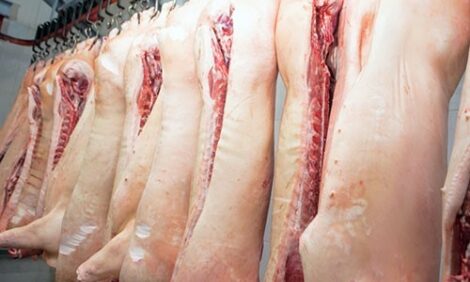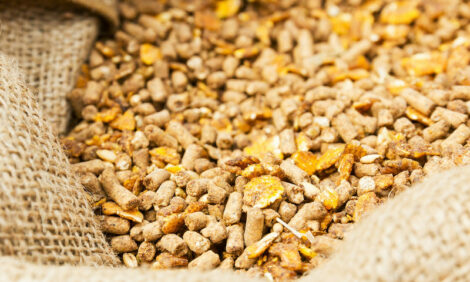



Expressing Demand for Low Phytate Barley
CANADA - A plant breeder with the University of Saskatchewan's Crop Development Centre is encouraging swine producers to make their desire for access to low phytate barley know to seed suppliers, writes Bruce Cochrane.CDC Lophy-I, a hulless barley developed at the Crop Development Centre in Saskatoon, has been released as a public variety to encourage pedigreed seed growers to produce sufficient seed supplies to meet local demand.
Oat and barley breeder Dr. Brian Rossnagel says the main benefit of this variety is that it contains low levels of phytate.
Dr. Brian Rossnagel-University of Saskatchewan
What that means is that the phosphorus in the barley is available to animals that eat it, particularly hogs, rather than just kind of going in one end and out the other and potentially creating some issues with regards to phosphorus pollution.
As we were working on this material the issues about phosphorus, particularly in the province of Manitoba supposedly coming from hog manure, had become front and centre and I just noticed the other day there was yet again some more legislation or regulation passed in Manitoba with regard to areas for spreading manure and that sort of thing.
We saw this as an opportunity to provide hog producers right across the country with a good variety that would help.
It wont solve the whole problem if there is one but it will help in making sure there's as little phosphorus going out in the effluent as possible.
The other advantage of this material for the hogs is that phytate in and of itself in barley and other cereal grains ties up important minerals like calcium and iron and so on and these are made more available to the hogs as well when they eat the barley.
It's not a huge economic impact on that side because mineral supplements are reasonably inexpensive and so.
But anything one can do to help the producer keep his cost down is what we're looking for.
But they key aspect of this is the low phytate characteristic combined in the package that's a very good high energy dense feed for hogs.
Dr. Rossnagel says the hog industry needs to provide an indication of demand for this new variety to encourage the pedigreed seed industry to increase seed supplies or this potentially valuable tool for reducing phosphorus in effluent will be lost.








